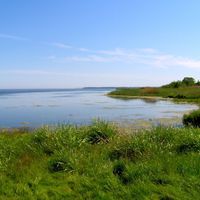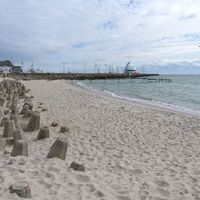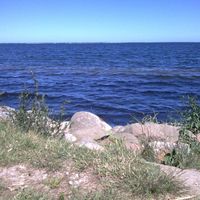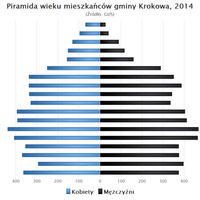Puck County
7.19
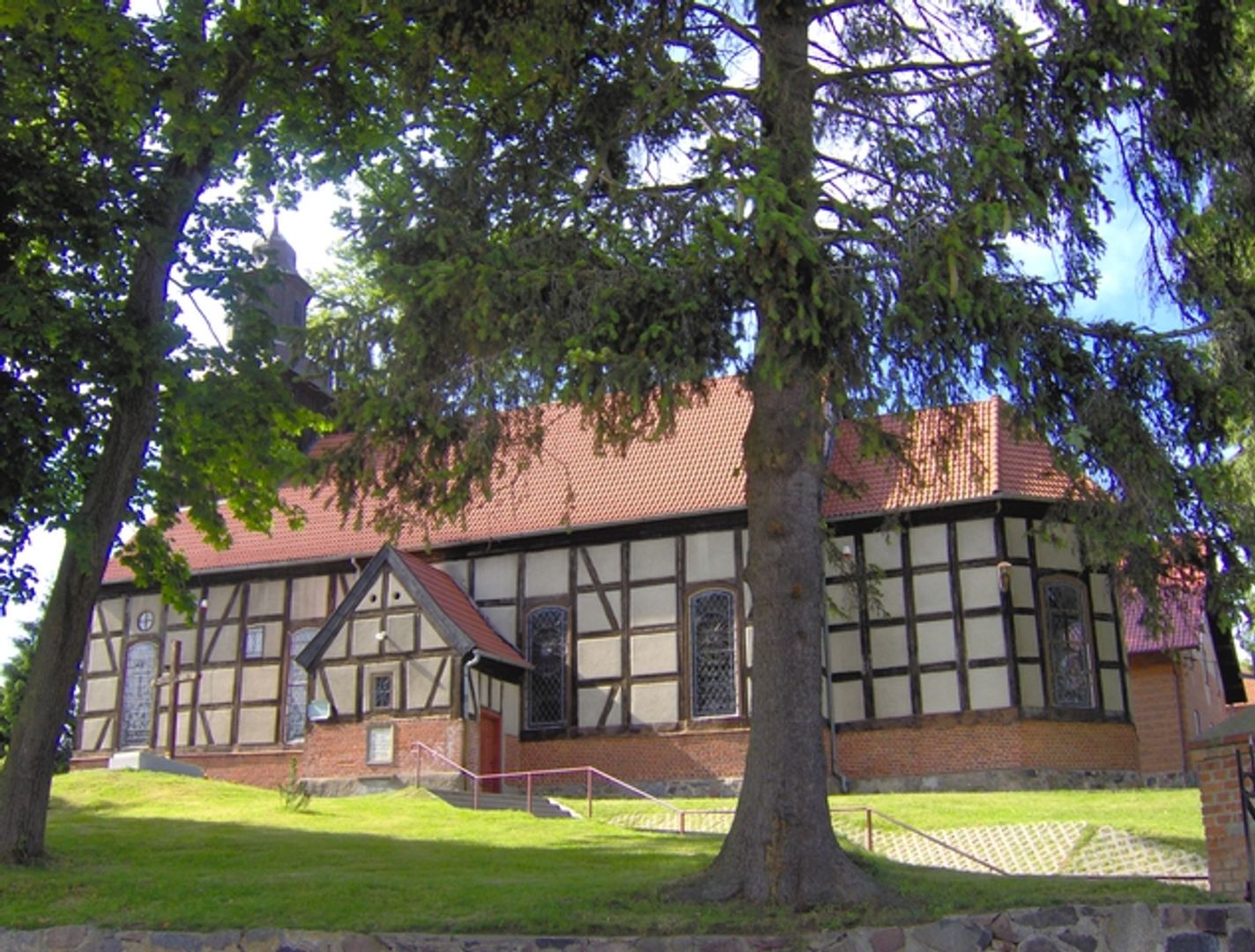
Overview
Puck County, located in the Pomeranian Voivodeship, was established in 1999 as part of the administrative reform, with its seat in the town of Puck. It is the northernmost county in Poland, encompassing the area of Cape Rozewie. Its territory includes urban municipalities (Hel, Puck), urban-rural municipalities (Jastarnia, Władysławowo), and rural municipalities (Kosakowo, Krokowa, Puck). The county boasts a rich history, with roots dating back to the times of the First and Second Polish Republics and the Prussian Partition. Between 1954 and 1975, an independent Puck County existed within the Gdańsk Voivodeship, and subsequent administrative reforms led to various border changes until the restoration of Puck County in 1999. Demographically, the county has over 87,000 inhabitants, and its social structure reflects the diversity of its municipalities. The county cooperates with foreign regions such as Trier-Saarburg in Germany and Skuodas in Lithuania, highlighting its international connections. An interesting fact is that Puck is known for its proximity to the sea, and the Puck railway station was once the closest to the sea on the Polish State Railways (PKP) network, which contributed to the development of tourism in the region. Tourist traffic on the Hel Peninsula, a significant recreational area, leads to a seasonal increase in passengers on railway line 213. Local media, such as Radio Kaszëbë, Echo Ziemi Puckiej, and Bałtycka TV, play an important role in informing the community about cultural and regional events. With its captivating landscape, rich history, and dynamically developing tourism sector, Puck County is a significant point on the map of Poland.
Location
Country
2025 Wizytor | All Rights Reserved






